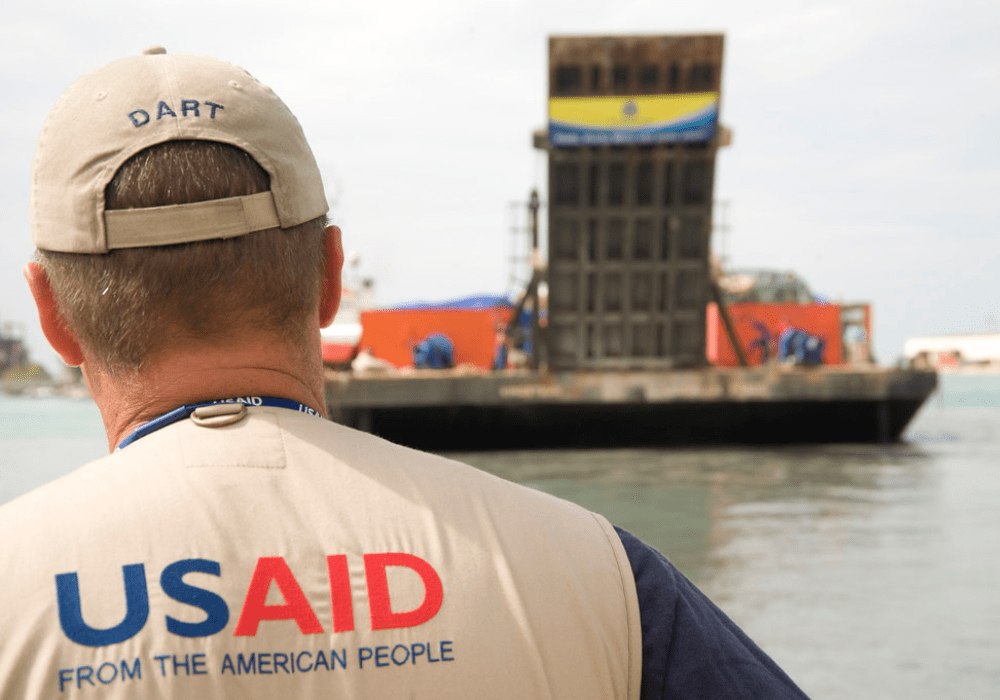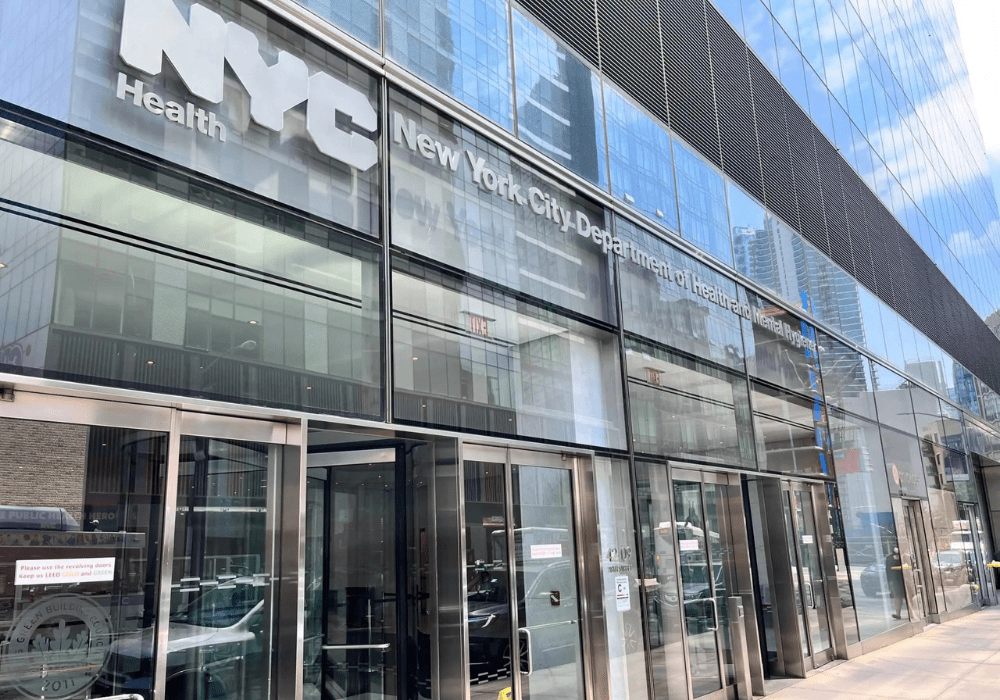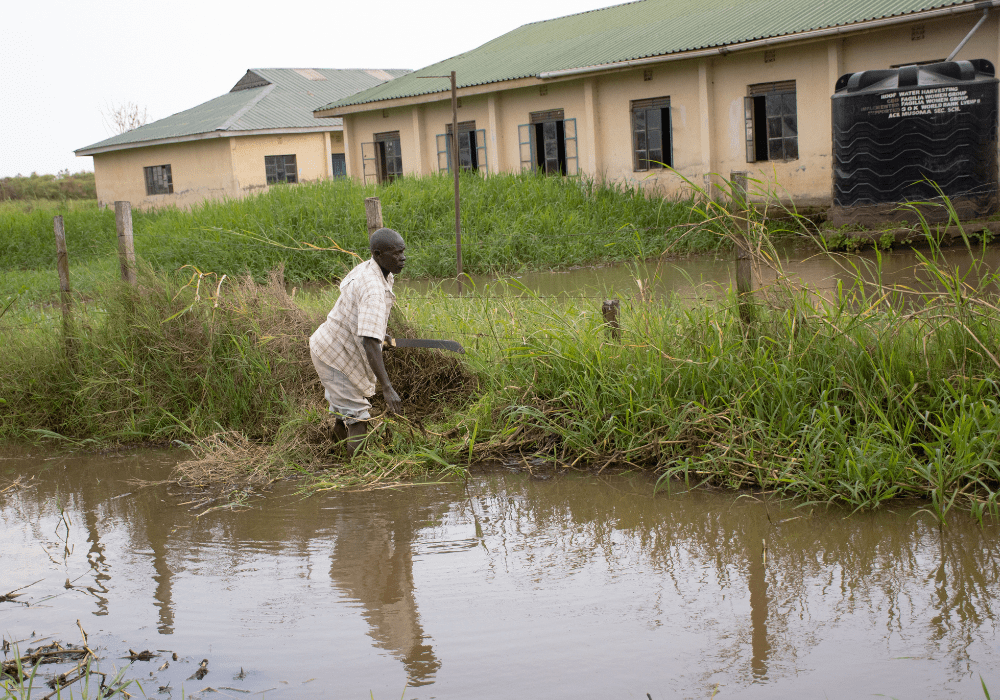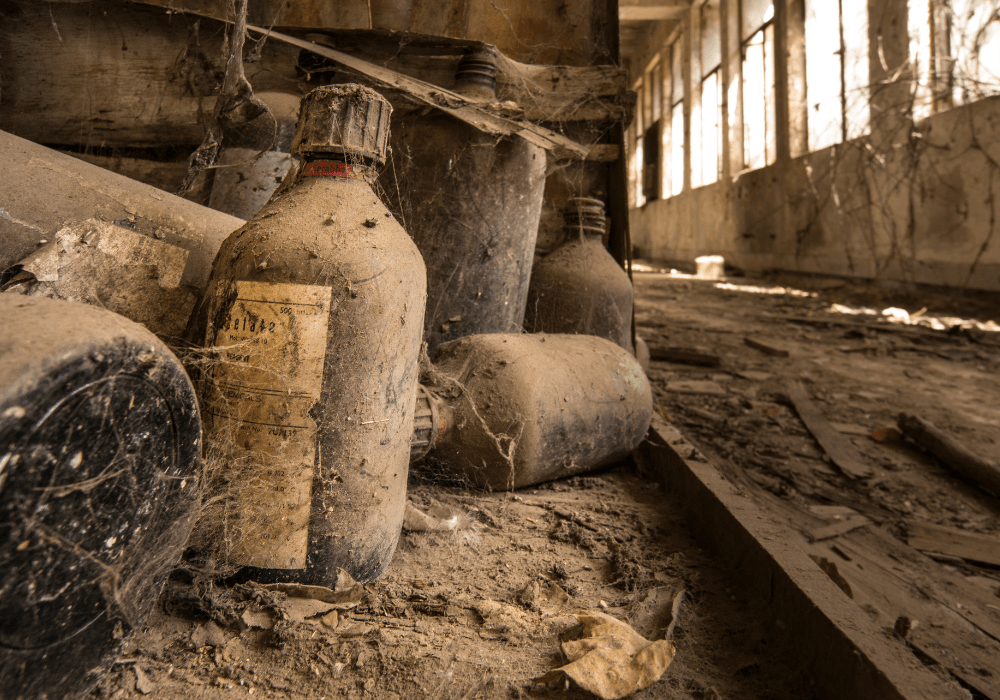
On the morning of Friday, July 19th, CrowdStrike customers experienced a major digital blackout as outages hit banks, hospitals, airports, and other services worldwide. Businesses scrambled to mitigate the effects of the sudden disruption, implement plans, rely on backup systems, and maintain operations to provide customer service.
Continue reading “Tech Outage Causes Worldwide Disruptions”




